Whatever name travelers call a toilet, whether it is the loo, the WC (Water Closet), the pit, squatty-potty, the john, to name a few, will at some point become a source of distress or at least the but(t) of a joke. Commode adventures comes in varying degrees of complexity and toilet training takes on new meaning. First, we need some visuals. To start, let’s get a mental image of a western style toilet…
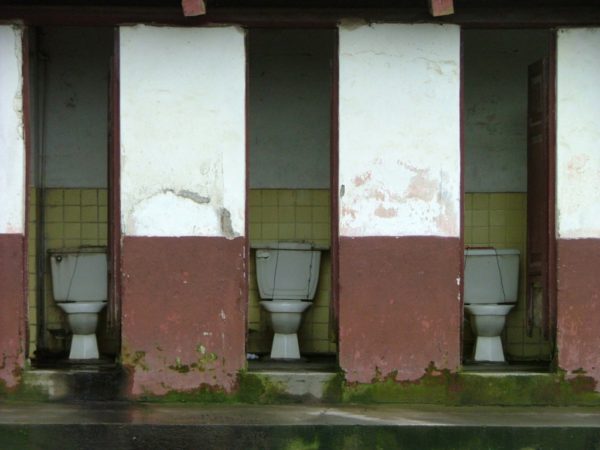
which can in no way be confused with an Asian-style toilet.
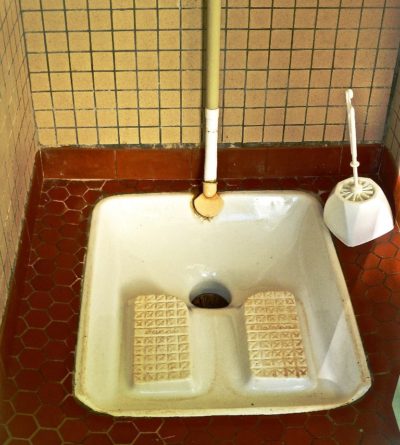
Disclaimer
There is nothing wrong with either type of toilet; it just depends on what side of the globe you happen to call home. Either way, both can prove to be complex for the inhabitants who cross to the opposite hemisphere.
Commode Adventures
Traveling is all encompassing and can include high adventure. This restroom in Seoul, Korea, is not for the faint of heart. Although, it is a great way for photographers to multitask!
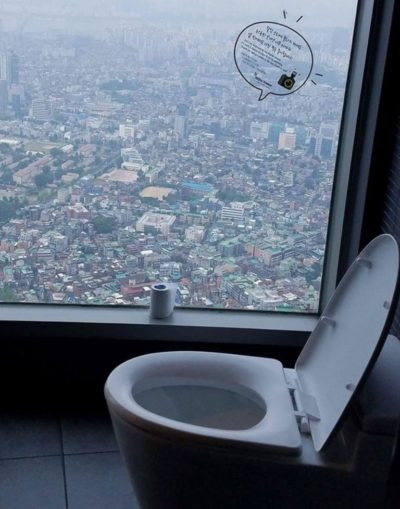
In Asia, you will find a combination of Western and Asian-style toilets. Most Westerners are really grateful when they find a Western-style toilet. On the other hand, these toilets that we should be use to, can cause distress for both cultures.
I took this photo of how to use a Western toilet in China, at the Great Wall. I’m really glad I didn’t see any footprints on the toilet seat. But if you do see footprints, you will know why and if you don’t understand this comment, it will be momentary.

In Japan, commode adventures can become very technical. One needs instructions on how to use the western toilet. I am a Westerner. It shouldn’t be this difficult!
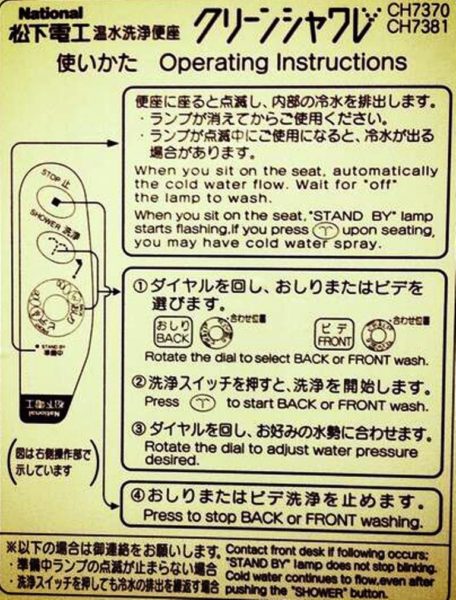
This sign has to be for kids. I would hope that an adult would never think of these options. But, then again, I flew for the airlines so why should anything surprise me?
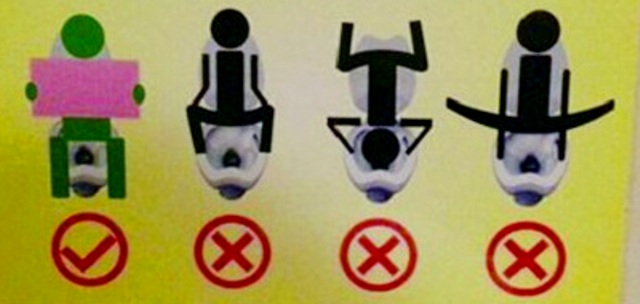
Japanese toilets come with control panels that have varying degrees of difficulties.
There is the basic panel…

…and an intermediate panel.
Water pressure, by the way, is a big deal. If you don’t get it ‘just right’ you walk out looking like you took a partial shower.
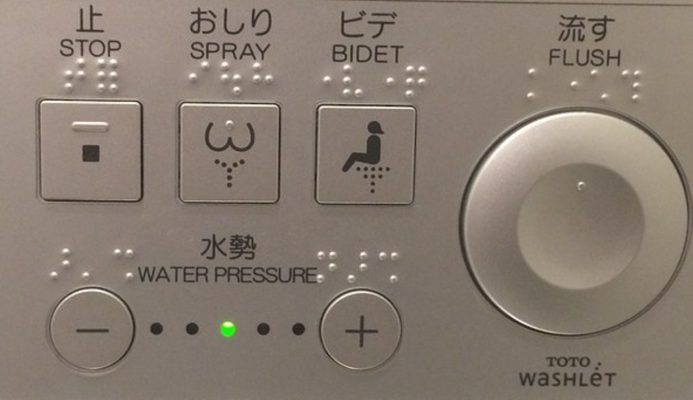
And then, there is the really advanced control panel which no foreigner can figure out. Instead, we just take photos.
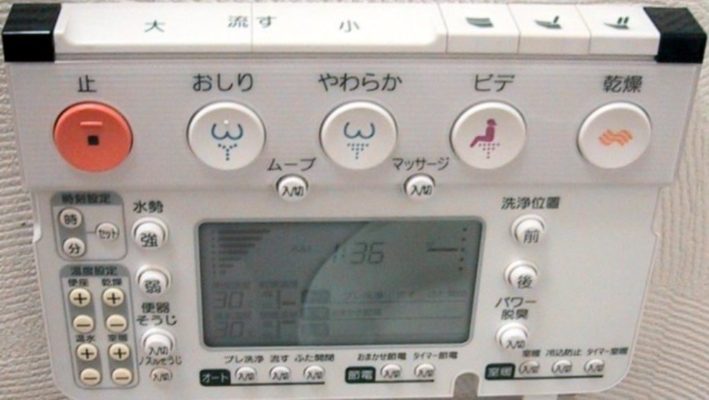
Toilet Etiquette
Panels and instructions are not the only issues. You might possibly meet a high adventure wall climber.
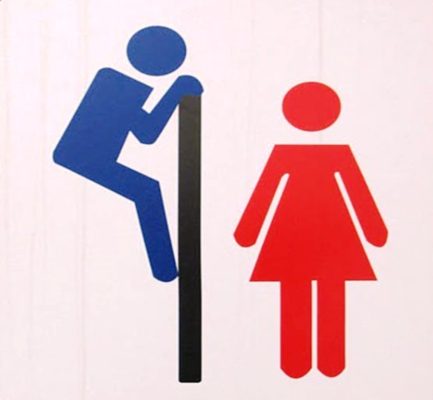
The problem comes when there are too many wall climbers. South Korea seems to have this issue. Thus far, it is the only place I have found these signs. Hopefully, it won’t catch on.
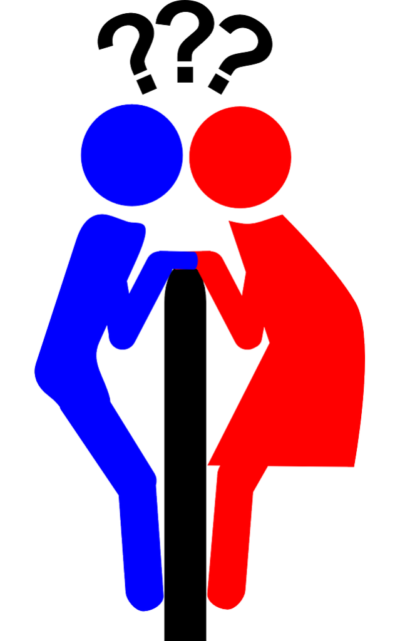
In France, the families I lived with all had bidets next to the toilet. If you are not familiar with the term bidet. now is the time to Google it.
I was a naive college student who had never heard of a bidet and got caught hand-washing my sweater in the bowl. It caused my French host-sister to wet her pants from laughing too hard and my host-mom to be overwhelming horrified. Me? I learned early in life to laugh at situations. That concept was instilled when I was a 15-year old exchange student and used toilet cleaner on my hair because I couldn’t read the Japanese labels. Ha! Crap happens!
It would have been nice if I had seen a sign like this. On the other hand, I am not sure I want to know why this sign exists.
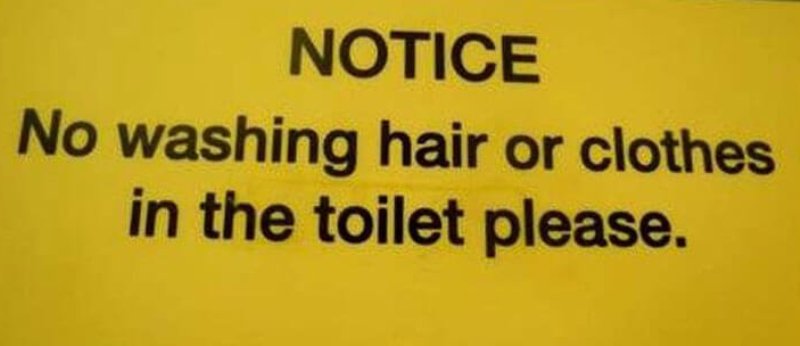
Introducing the Squatty Potty
Asian-Style toilets are also known as the ‘squatty potty’. Like western toilets, they come in varying types. Many Asian establishments feel the need to tell Westerners how to use the hole in the ground – and rightly so. The biggest question is, “Should I face forward or backward.” I remember my host father saying, “Who cares? Just stay over the hole.” Bless his heart for those simple words of wisdom.
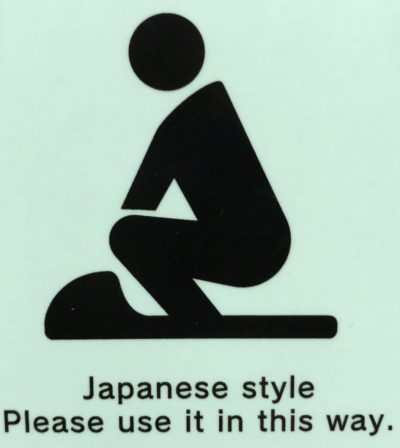
Today’s traveler also has to be savvy enough to know when to flush and when not to flush paper. Typically we get instructions for that too. Many sewer systems around the world are not capable of handling toilet paper. Most of the time there are trash bins or buckets for soiled TP. If not, you take it with you and hopefully, the people before you did the same. (Add baggies to your packing list.)

Then there is the question of what to do with the hose or sometimes the bucket of water that conveniently sits next to the squatty potty. It is not for washing hands. When potties don’t have a flushing system, the mamoosh has to be flushed manually down the hole. The rule is to always leave the bowl tidy for the next person.
In many parts of the world, it is necessary to carry toilet paper and hand sanitizer because neither are provided in public areas. I found baby wipes the best travel-all. They clean not only bottoms, but door handles, remotes, and they improvise for showers, as well.
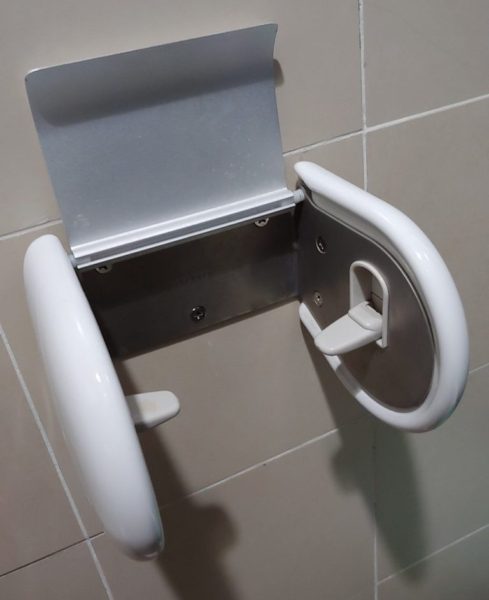
A Commode Adventure Question
During a recent trip, I was actually asked the following question about Western-style toilets, “Why are toilet handles on the left side?” Thinking this was a trick question, I answered, “I don’t know, why are….”, and repeated the same question in return. When I finally realized the question and the person wasn’t going to go away, I answered seriously, “What makes you think it’s on the left? If you stand up and turn around it is on the left. But if you are sitting down and reach backwards it is on your right.” That did not end the conversation like I was hoping.
Finally, I realized why this person was so concerned. In some countries using the left hand is taboo and considered unclean. This is the hand that washes and wipes oneself. There is actually a designated word for this, called, “ablutions” and for this reason, left handed people have to pretend to be ambidextrous. Using the left hand to pick up food, eat, or handle money is considered incredibly rude.
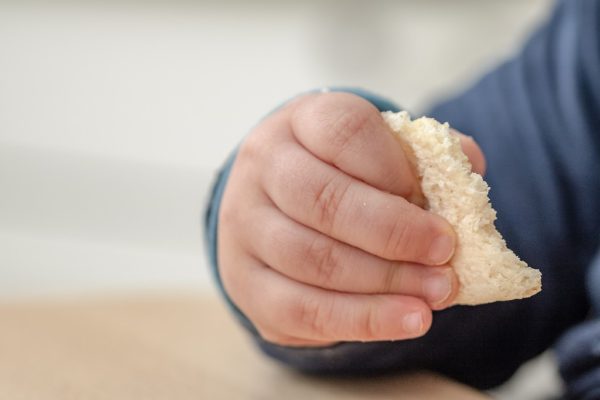
I actually like Asian-style toilets. It is nice to not have to come into contact with the seat in public areas and it is more sanitary. Of course, there is always the but(t) load of stories that one brings home.
To stay sane while traveling one has to find the humor in daily life. Give me pictures and instructions and I can handle any bathroom. This includes how to get out once you get in.
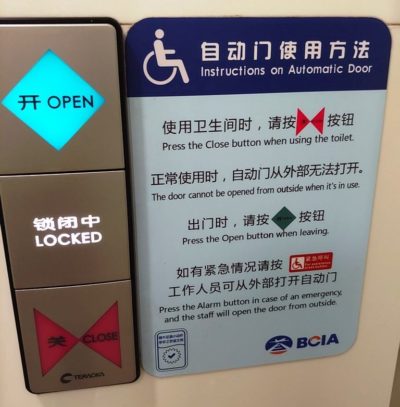
Ohhhh, the unknown adventures that traveling can introduce!
We love comments and encouragement.
Just remember: This is a safe site for children. If comments are not
tastefully stated, they will disappear in a “POOF or in this case, a “FLUSH”!


